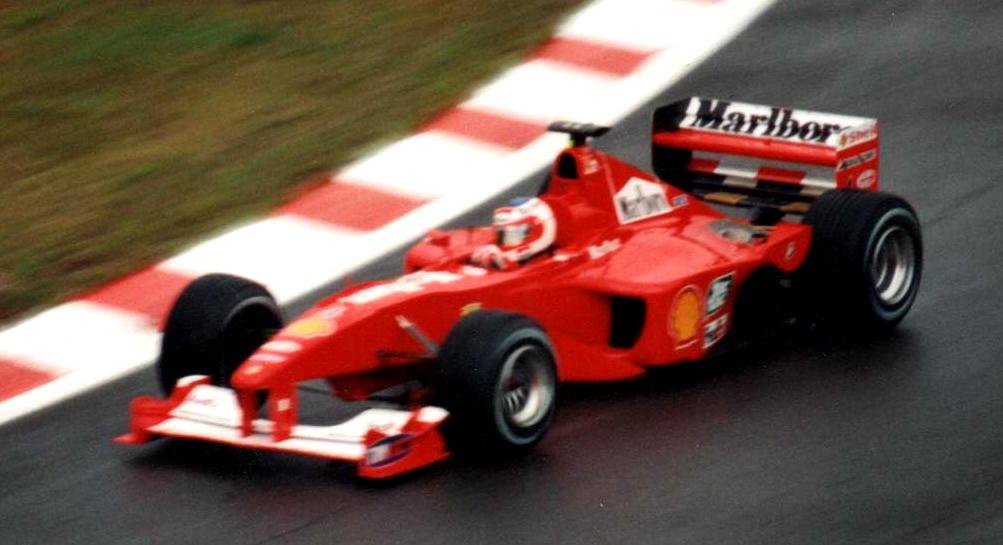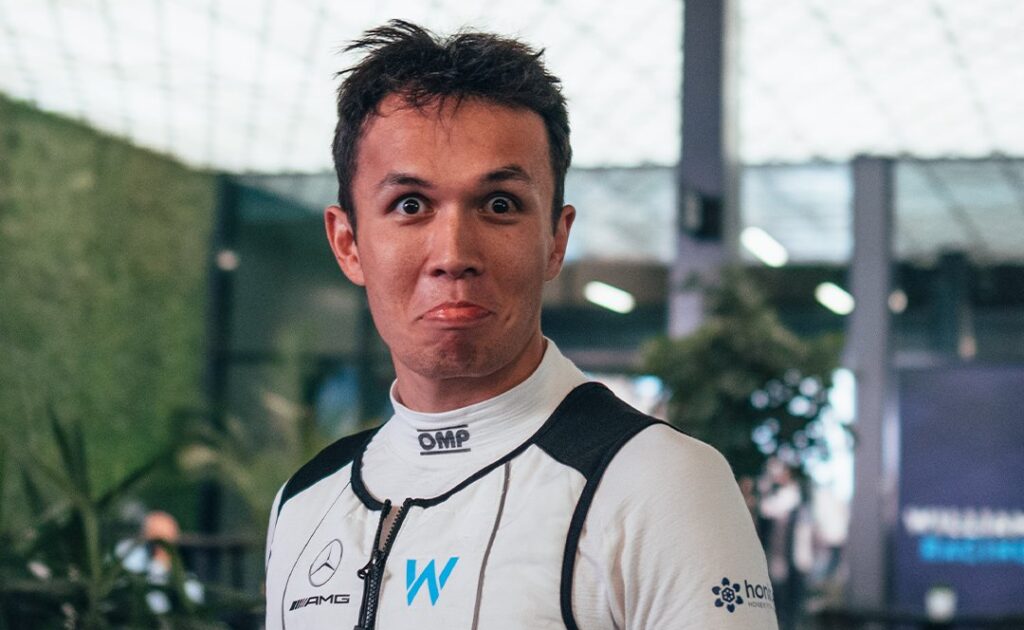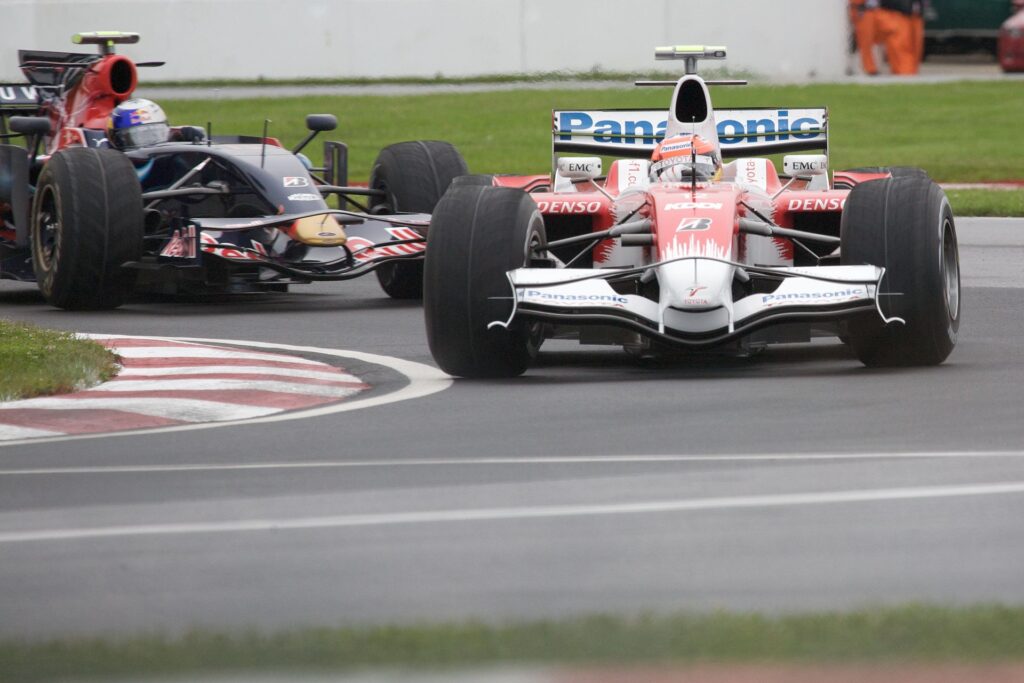F1 Liveries have evolved massively in the last 70 years. The paint on a modern F1 car is worth Hundreds of Millions of dollars per year, but when F1 started it had nothing more than a badge, a number and a coat of paint based on the country of origin. Given that it’s almost F1 launch season, where the teams show off their shiny liveries for the new year, we thought it would be a good time to go through this evolution.
Prefer to Watch?
GET ONE MONTH FREE AND LEARN HOW TO BUILD YOUR OWN WEBSITE HERE
Original
When F1 began back at the British GP in 1950, the cars would have just the number of the driver and the cars badges, just like a production car. Many of the cars were privately owned, and entered by people of means. The only detail which we could construe as a livery and less of just a paint job, was the nationality of the team or driver. British cars or drivers all ran in green and the Italian cars ran in Red.
Over the years this slowly evolved into names being added to the cars to display the driver, given that the sport moved further towards a constructor model with a set amount of drivers for each team.
First Sponsors
This all changed though when Colin Chapman, who owned Lotus, decided that there was money to be made by slapping some logos on the car. The Lotus 49 arrived at the 1967 season in its traditional British Racing Green colour, but was slowly snickered over the course of the season as Chapman sold sponsorship to a variety of different companies.
After testing a new concept at the New Zealand Tasman Series that year, Colin’s cars showed up for the 1968 season with a lucrative new paint job, a red, cream and gold livery sporting the Gold Leave Ciggarette branding all over it. This was the first time an F1 works team did such a thing and it caused the rest of the teams to quickly find their own sponsors to paint the cars with.
There was a key need for this too, given that some major sponsors of F1 such as Shell, BP and Firestone had left the sport ahead of the season, the payouts to the teams for each race was down. In order to compensate for this the FIA removed the restriction on liveries being in line with national colours, and it was off to the banking races.
Cigarette Era Ending
F1 was a gentleman’s sport back in the day, and there was only one thing that Gentleman loved more than drinking and golfing back in those days, which was smoking. It didn’t take long for cigarette brands to infect the sport in a major way, much like the lungs of its users, with their sweet…sweet…tobacco flavoured…excuse me a moment.
Over the next 3 decades Phillip Morris and other major players in the smoking world would poster ever car with their branding, we saw massive teams like Ferrari and McLaren liveried with the Marlboro branding, Benson and Hedges on my home boys Jordan at one point, and that iconic camel livery. These brands managed to get F1 teams with something more addictive than their products, money.
In fact, cigarettes become such a major part of F1, that when the EU decided it was going to implement a complete ban on cigarette adverts, including in sport. F1 kicked back. McLaren had just announced a major sponsorship with West for the 1997 season and thus would be looking at a huge issue, not to mention more or less every other team on the grid.
Luckily, F1 had its literal lucky charm, Bernie Ecclestone. Who managed to lobby the new UK prime minister Tony Blair, in order to ensure an exemption.
F1 managed to become the only major sport to be exempted from the ban…for 9 more years after it went into effect.
The Future
There’s far too many incredible liveries, and interesting sponsorships to go through in this video, but needless to say F1 has had some great styles on their cars. However thanks to an innovation plastered on a McLaren car in 2022, we’re about to enter the next age in F1 Liveries.
Thanks to a new technology by Seemless Digital, the car can run dynamic panels, which are fitted in sections along either side of the cockpit and will be clearly visible from onboard cameras, allow the team to change the branding on the car as it chooses.
These are essentially small screens that mean the team can change the sponsors for different parts of the weekend, and even change them mid race.





